City cars of old used to prove that the streets of London, or any other city, are not paved with gold. They were austere, noisy, basic, grim. You wouldn’t want to go far in them and, even in the cities they were designed for, you’d probably rather use public transport.
How things have changed. For years, the Hyundai i10 has shown how things should be done, with a roomy cabin, nice driving manners and a well-stocked Premium SE range-topping trim that has features ordinarily found on luxury cars. Now two new models have arrived to take it on. And they too are similarly advanced.
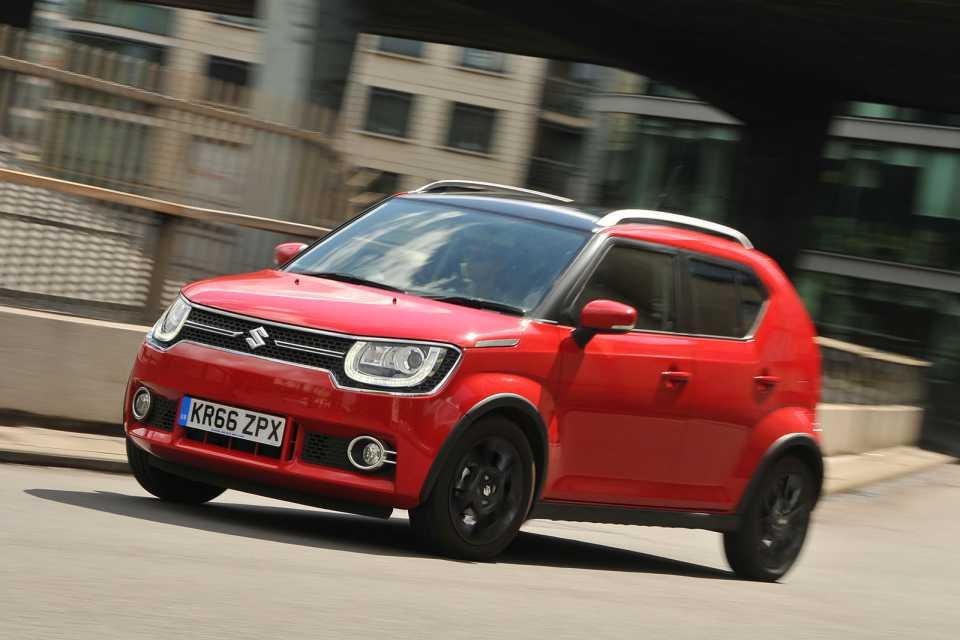
You can even get a four-wheel drive version of the new Suzuki Ignis, to complement its quirky styling. And the latest Kia Picanto comes in fancy GT-Line trim that doesn’t only have air con, electric windows and sporty alloy wheels, but also adds on a body kit that would do a hot hatch proud. Is either able to usurp the i10?
If you’re looking at away-from-the-lights potency, the Suzuki edges ahead. It’s swift and pulls hard even at city speeds. You have to work the others hard – the Picanto sounds gruff when you do so, and its gearchange is the worst too. It’s only excessive wind noise on the motorway that spoils otherwise decent refinement from the Ignis, although the i10 is the quietest overall.
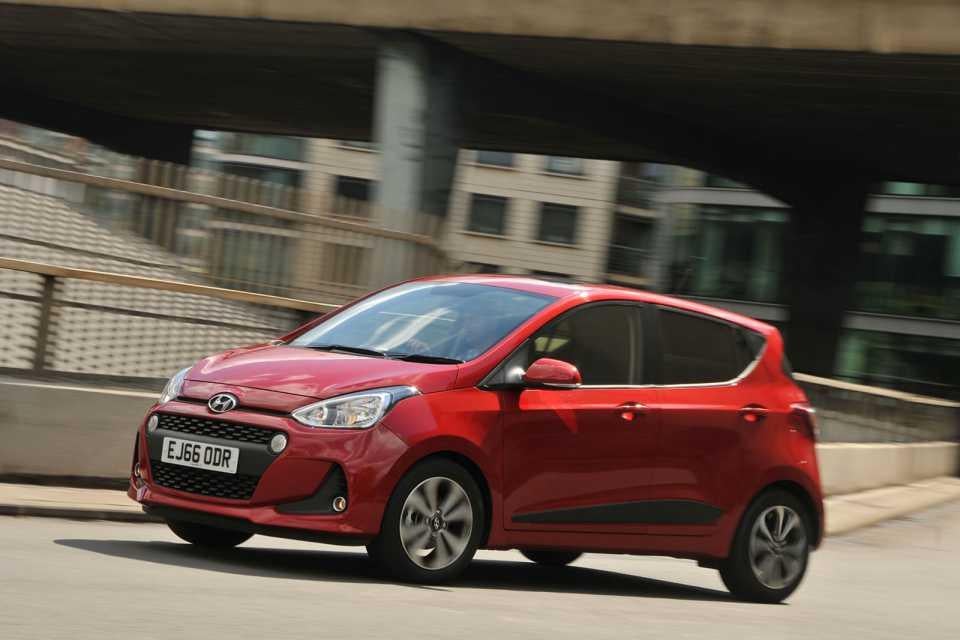
Through the corners, the Picanto is fun, with accurate steering and controlled body roll. The i10 is OK too: the Ignis is, in comparison, alarming, with kickback, body sway and poor overall grip. Even the brakes are too soft. Admittedly, its ride is absorbent, apart from violent crashes when you hit something sharp, although it’s still not as good as the i10; needless to say, the sporty Kia is the choppiest.
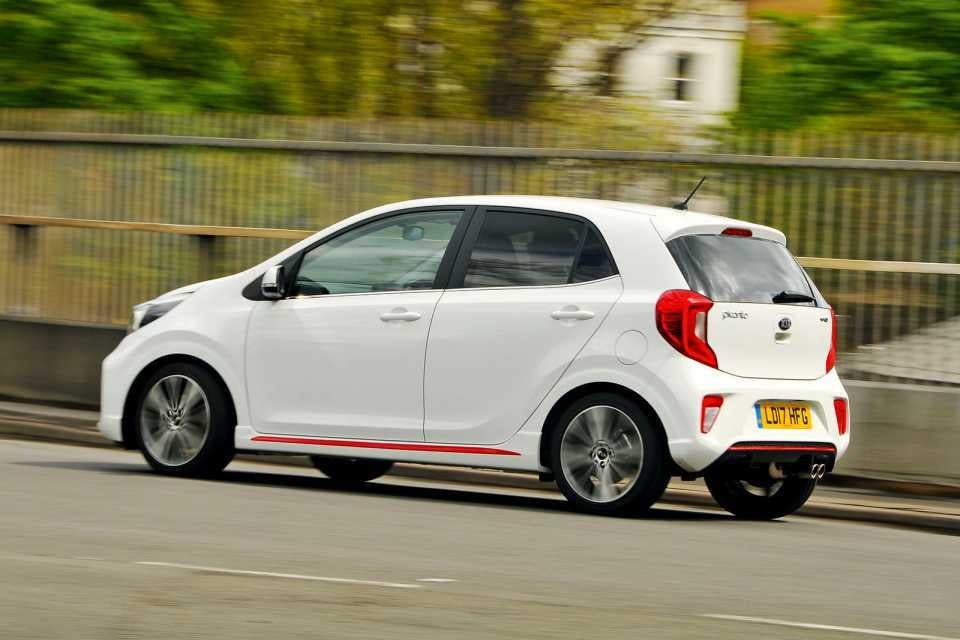
Each is surprisingly roomy inside, particularly the Ignis, while the Kia’s sporty seats are the best for those in the front. They’re all impressive in the back, particularly the Ignis, which also has the biggest boot. It’s thus a pity the Suzuki’s dashboard quality is so flimsy – the Hyundai and Kia are much better here, with the Picanto adding in funky design to the mix too.
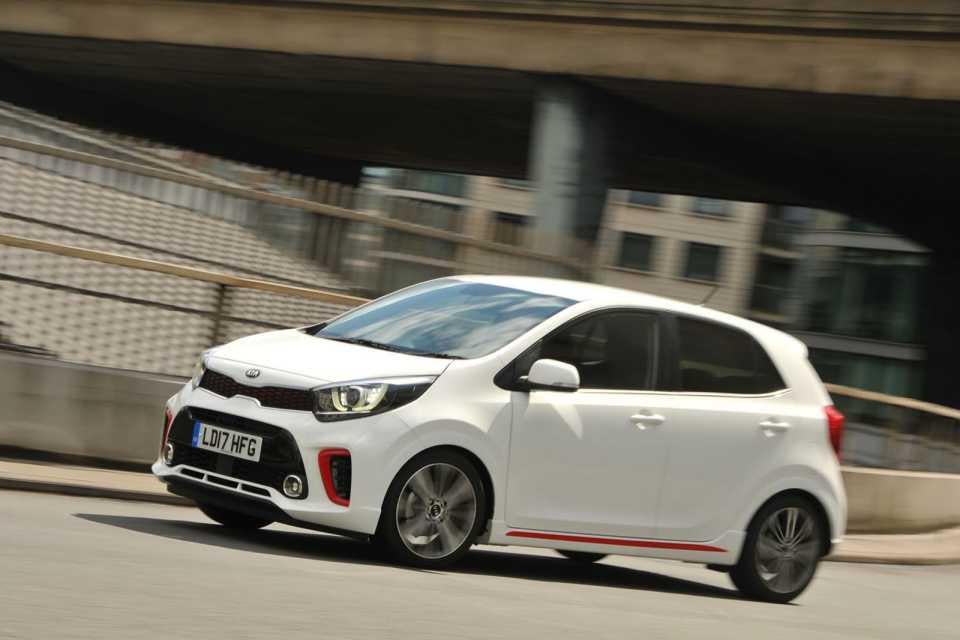
What a pity the Kia’s infotainment system is so meagre, then – one of the worst of any city car. You don’t even get a colour touchscreen, never mind sat nav or DAB. In contrast, the Hyundai has a crisp 7.0in colour touchscreen, that even packs in sat nav and smartphone mirroring. The Suzuki has a 7.0in touchscreen too, although it’s not as sophisticated.
To buy on PCP, all three are competitive. Both the Ignis and Picanto cost £190 a month, if you can put down a £1000 deposit on a three-year deal, with the posh i10 costing £210. Offsetting this is the fact both it and the Picanto will cost around £500 less to insure over a three-year period than the Suzuki. It’s more expensive to service too. For the rare few who have one as a company car, the Ignis will be the cheapest in terms of tax, and its real-world economy is the best.
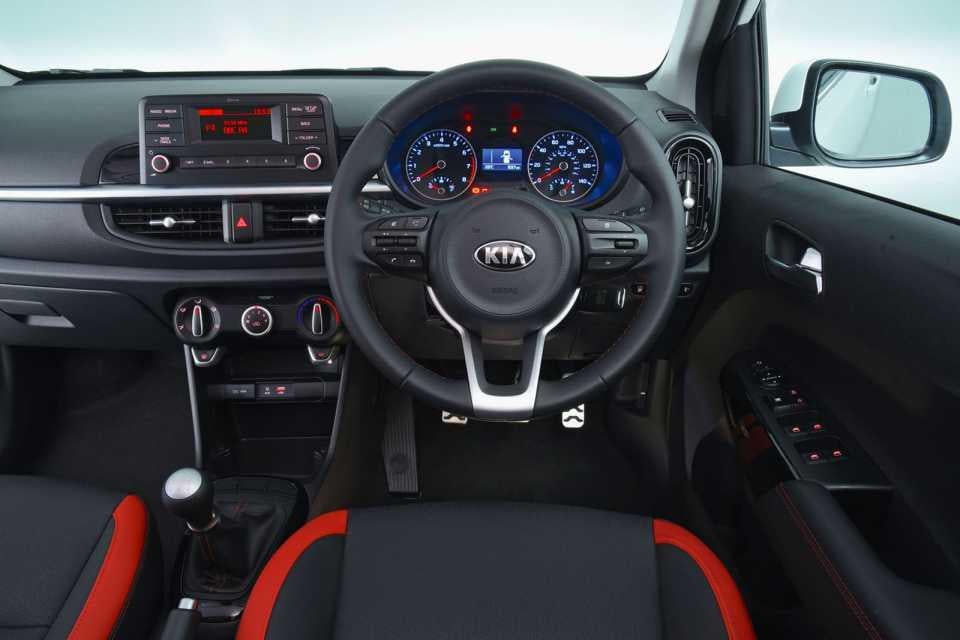
The i10 is the most well equipped, but worryingly, it’s also the least secure: Thatcham gave it just one star for break-in resistance. The Picanto was little better, with two stars: the Ignis was the best of a bad bunch with three stars. Its Euro NCAP safety rating was also three stars, which isn’t as impressive: the i10 gets four stars, aided by standard automatic emergency braking. The Picanto hasn’t been tested yet.
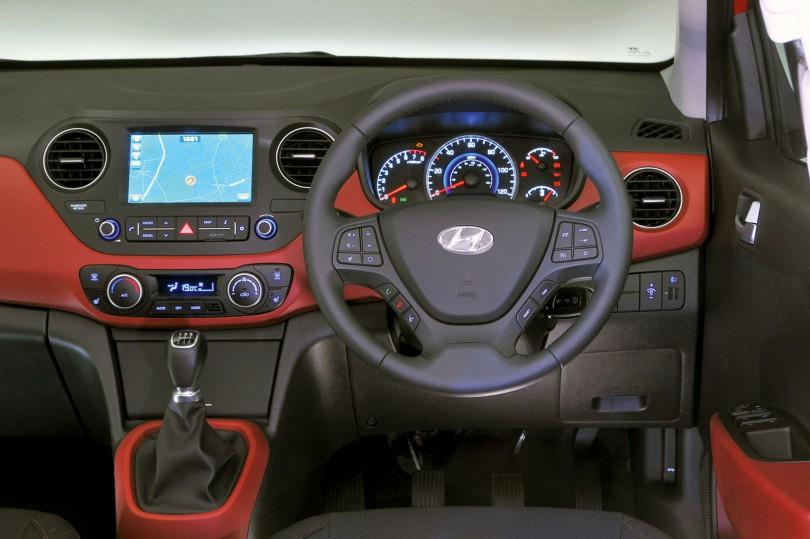
And so to the final spoils, and one clear winner. All three are able, but the i10 stands head and shoulders above the others, with a refined drive, sensible-shoes approach and equipment levels normally associated with cars more than twice the price. Its sibling, the Picanto, is next up, hampered here by its GT-Line trim that looks good, handles well but lacks the standard features to challenge the i10.
The quirky-looking Ignis comes in last, but it’s not disgraced, particularly for those who need the most practical of city cars. Our concerns are its handling and cheap-feeling interior, as the other two show that you needn’t slum it in a modern city car. The Hyundai process that with aplomb: that’s why we have no hesitation awarding it an envied five-star rating.
Specifications: Hyundai i10 1.2 Premium SE (5 stars)
Engine size 1248cc, 4cyl, petrol
List price £13,110
Target price £12,152
Power 86bhp @ 6000rpm
Torque 89Ib ft @4000rpm
0-60mph 11.8sec
Top speed 109mph
Gov't fuel economy 57.6mpg
True MPG 49.3mpg
CO2 emissions 114g/km
Specifications: Kia Picanto 1.25 MPi GT-Line (4 stars)
Engine size 1248cc, 4cyl, petrol
List price £12,450
Target price £12,129
Power 83bhp @ 6000rpm
Torque 90Ib ft @ 4000rpm
0-60mph 11.4sec
Top speed 107mph
Gov't fuel economy 61.4mpg
True MPG na
CO2 emissions 106g/km
Specifications: Suzuki Ignis 1.2 Dualjet 2WD SZ-T (3 stars)
Engine size 1242cc, 4cyl, petrol
List price £11,749
Target price £11,222
Power 89bhp @ 6000rpm
Torque 88Ib ft @ 4400rpm
0-60mph 10.1sec
Top speed 106mph
Gov't fuel economy 61.4mpg
True MPG 50.9mpg
CO2 emissions 104g/km
Rob Adams is a writer for WhatCar.
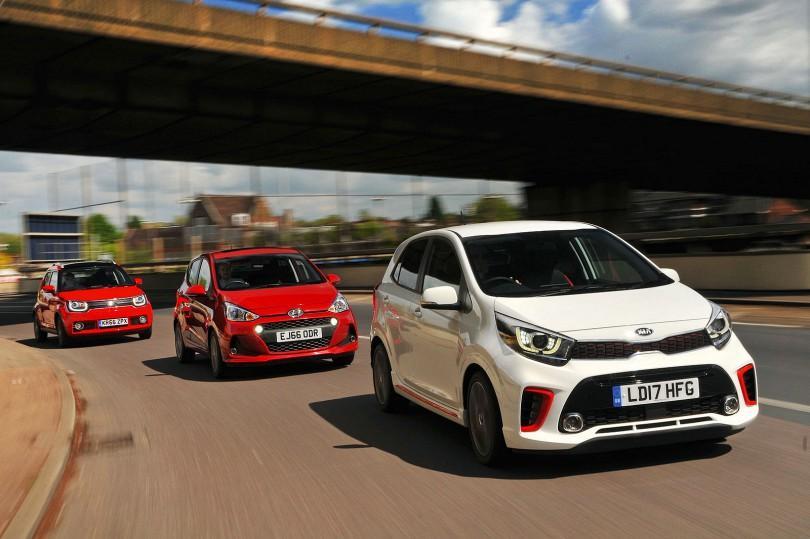
Join our commenting forum
Join thought-provoking conversations, follow other Independent readers and see their replies
Comments